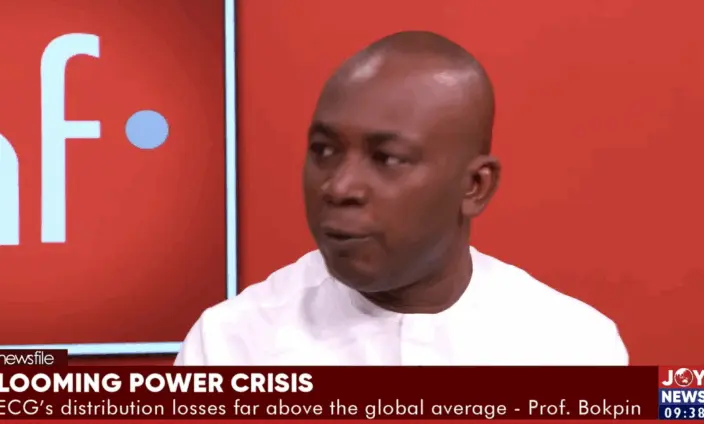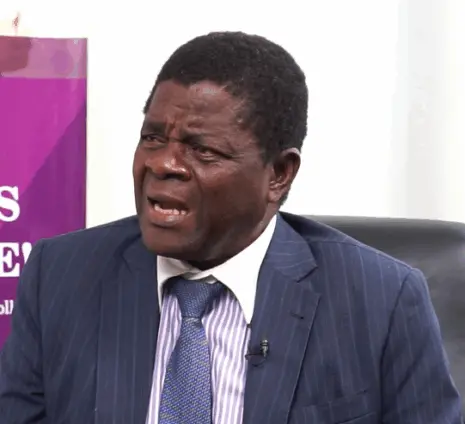In Ghana, where economic stability directly impacts the lives of business owners and everyday citizens, the Bank of Ghana’s monetary policy decisions are always closely watched. The central bank’s approach to managing inflation and interest rates shapes borrowing costs, investment decisions, and overall economic confidence. Databank Research, a respected financial analysis firm, has released its latest forecast regarding the Bank of Ghana policy rate, suggesting that the rate will likely remain at its current level of 28%. This projection hinges significantly on the nation’s continued progress with disinflation. As the upcoming Monetary Policy Committee (MPC) meeting approaches, all eyes are on whether the central bank will maintain its course or signal a shift in strategy.
Databank Research anticipates that the Bank of Ghana (BoG) will maintain the policy rate at 28%, as the Monetary Policy Committee (MPC) likely assesses the full impact of its previous tightening measures before making any adjustments. Scheduled for May 21-23, 2025, the MPC’s quarterly sitting will be closely scrutinized for any hints about the future direction of monetary policy. Following the meeting, the policy rate decision will be formally announced to the press, providing clarity for markets and the public alike. According to Databank Research, “The Monetary Policy Committee (MPC) will likely adopt a wait-and-see stance to gauge the impact of prior tightening.”
Looking ahead, Databank Research projects a steady disinflation path for Ghana, assuming no significant internal or external shocks disrupt the current trajectory. Their analysis suggests that inflation is likely to settle between 17% and 19% by mid-year. “Barring internal or external shocks, its projections suggest a steady disinflation path, likely settling between 17–19% by mid-year on base effects and stable prices,” the firm stated. This expected disinflation could pave the way for a measured easing of the policy rate. Databank Research suggests a potential reduction of 100-200 basis points by late July 2025. Furthermore, the continued anchoring of 91-day yields to the Ghana Reference Rate (GRR) is expected to contribute to a gradual improvement in private sector credit, reinforcing the prospects for rate cuts in the second half of 2025. “This should allow for a measured easing of 100–200bps [basis points] by late July 2025. As 91-day yields continue to anchor the Ghana Reference Rate (GRR), we expect a gradual improvement in private sector credit, reinforcing prospects for rate cuts in 2H’25 [second-half year of 2025],” they added.
In March 2025, the Bank of Ghana raised the policy rate by 100 basis points, bringing it to 28.0%. This decision was primarily driven by concerns over persistent inflationary pressures. At the time, the central bank emphasized the critical need to firmly anchor inflation expectations to ensure price stability. The Bank of Ghana stated, “As inflation becomes firmly anchored, the Committee will reassess the scope for a gradual easing in the policy stance,” signaling a conditional approach dependent on achieving disinflation goals.
Beyond adjusting the Bank of Ghana policy rate, the central bank has also implemented complementary measures aimed at strengthening liquidity management and enhancing the transmission of monetary policy. These measures include the introduction of a 273-day instrument designed to enhance sterilization efforts, as well as intensified monitoring of banks’ Net Open Positions (NOPs). Additionally, the Bank of Ghana is undertaking a review of the Cash Reserve Ratio (CRR) structure to assess its impact on liquidity and financial intermediation within the banking sector.
In summary, Databank Research forecasts that the Bank of Ghana will likely maintain its policy rate at 28% in the near term, a decision predicated on sustained disinflation. This forecast has significant implications for businesses, consumers, and the broader Ghanaian economy. Should disinflation progress as projected, there is potential for rate cuts in the latter half of 2025, which could stimulate economic activity. As these economic dynamics unfold, staying informed and seeking expert analysis will be crucial for navigating the evolving financial landscape. Stay tuned for further updates and in-depth analysis as we continue to monitor the Bank of Ghana’s monetary policy decisions and their impact on the economic outlook.
Image Source: MYJOYONLINE





















